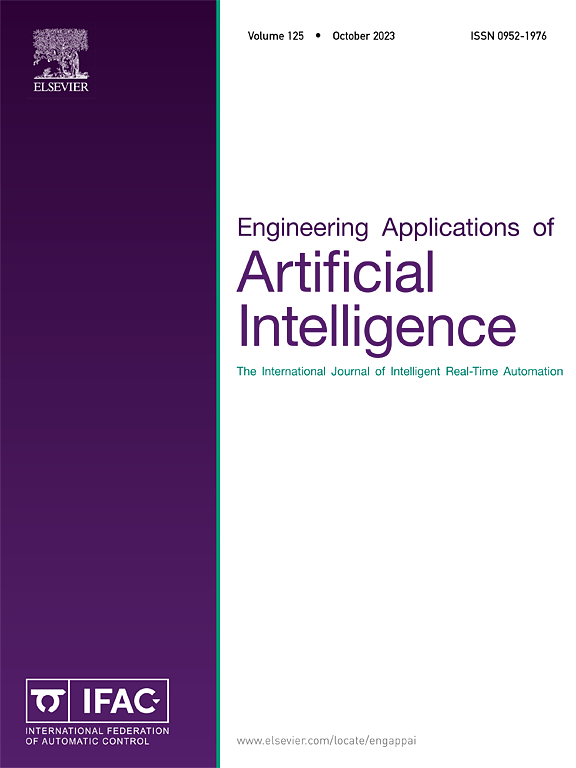A bidirectional bi-objective graph search model for sustainable urban railway alignment optimization
IF 7.5
2区 计算机科学
Q1 AUTOMATION & CONTROL SYSTEMS
Engineering Applications of Artificial Intelligence
Pub Date : 2025-04-26
DOI:10.1016/j.engappai.2025.110943
引用次数: 0
Abstract
Designing railway alignments in building-dense urban areas is a challenging task, requiring consideration of both costs and impacts on existing buildings and the environment. Achieving a viable solution necessitates the application of computer-aided techniques for three-dimensional (3D) global path searches while simultaneously optimizing multiple objectives. To tackle this challenge, this study proposes a bidirectional bi-objective graph search model. This model efficiently searches the 3D space to generate high-quality railway alignment solutions that simultaneously consider both comprehensive costs (including railway construction, ecological, and affected building costs) and carbon emissions (covering emissions from railways and buildings). It provides valuable reference solutions for designers, enhancing the design efficiency. The model includes two main innovations: (1) the ability to quickly search the entire 3D space using a graph-based strategy, generating multiple alignment solutions that meet design constraints in a single optimization process, and (2) the ability to accurately and efficiently account for the impact of railway alignments on existing buildings during optimization. Testing the model on a real-world urban case demonstrates its capability to generate multiple alternative railway alignments within minutes. The Pareto balanced solution achieves an 18.91 % reduction in comprehensive costs and a 13.46 % decrease in carbon emissions compared to manual design. The estimation error of affected building areas is approximately 2 %–4 % along the approximately 40 km alignment. Overall, the significance of this study lies in exploring the application of efficient graph search algorithms in the multi-objective optimization design of railway alignments in urban areas, advancing ongoing research in this field.
求助全文
约1分钟内获得全文
求助全文
来源期刊

Engineering Applications of Artificial Intelligence
工程技术-工程:电子与电气
CiteScore
9.60
自引率
10.00%
发文量
505
审稿时长
68 days
期刊介绍:
Artificial Intelligence (AI) is pivotal in driving the fourth industrial revolution, witnessing remarkable advancements across various machine learning methodologies. AI techniques have become indispensable tools for practicing engineers, enabling them to tackle previously insurmountable challenges. Engineering Applications of Artificial Intelligence serves as a global platform for the swift dissemination of research elucidating the practical application of AI methods across all engineering disciplines. Submitted papers are expected to present novel aspects of AI utilized in real-world engineering applications, validated using publicly available datasets to ensure the replicability of research outcomes. Join us in exploring the transformative potential of AI in engineering.
 求助内容:
求助内容: 应助结果提醒方式:
应助结果提醒方式:


